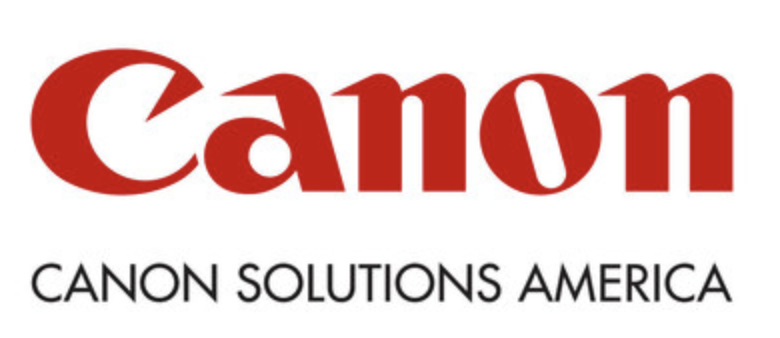In business, one of the many keys to success is effective control over expenses, no matter how big or small the organization. One area that often gets overlooked in AEC business  operations is the cost of printing large format technical documents. Because large format technical documents are such a critical part of an AEC firm’s operations, the question becomes; should you print your large format documents in-house or outsource the printing of them?
operations is the cost of printing large format technical documents. Because large format technical documents are such a critical part of an AEC firm’s operations, the question becomes; should you print your large format documents in-house or outsource the printing of them?
 Like many questions, there is no clear cut easy answer; it depends on a number of factors. For example, if you just consider the actual drawing costs as measured in cost/sq. ft., it generally is less costly to print in-house.
Like many questions, there is no clear cut easy answer; it depends on a number of factors. For example, if you just consider the actual drawing costs as measured in cost/sq. ft., it generally is less costly to print in-house.
Based on current market survey information, outsourced printing costs can be as high as $40/page for 24″ x 36″ color printed maps and construction documents and $4.50/page for 24″ x 36″ black & white printed construction documents. Printing these same documents in-house can usually be done for much less with an investment in a large format printer. In fact, recent customer data shows it is not unusual to save 46% or more on your outsourced large format printing costs when printing in-house.
However, this argument oversimplifies the decision making process, because there is more to the cost of printing large format technical documents than just the cost of the print itself. The remainder of this white paper explores the other critical decision factors, as well as the pros and cons of each. In the end it is up to a company with its own unique set of needs and objectives to determine which approach is best.
Cost Considerations — In-House Printing
Which Approach is Best?
It’s difficult to recommend which approach is best because many AEC Professionals have unique needs, requirements and resources. It is really up to the company to determine the best approach, however the below pros and cons should help in the decision process.
Outsourced Printing Pros/Cons
Pros
- No device acquisition cost or maintenance fees.
- Free up capital to be used in other areas of the business.
- Print and pay for only what you use: May mean ordering excess prints that get thrown away
Cons
- Outsourced printing in general tends to cost more because of the smaller print quantities and paying a third-party vendor markup.
- Outsourcing can be complicated and require management of your vendors: Is your vendor giving you the best price? Is the quality meeting your requirements? If not, what recourse do you have? Do you have the internal resources to manage the vendor?
- You may have to pay for document shipping costs: Because of paper weights this can be expensive.
- What is then the real cost of the outsourced print?
- If scans are ever required, this can cost additional.
In House Printing Pros/Cons
Pros
- Because large format documents for an AEC organization are mission critical, control over quality is very important. Large format printing is not the same as making office copies: Sometimes this quality assurance can only be done in house.
- In-house printing in general tends to cost less because you are
able to control what you print and how it is printed to help
keep costs as low as possible. - Print only what you need and stop paying for excess that you might not need or don’t ever use.
- Better manage your time by printing on your own schedule and better meeting demanding deadlines.
- Have more flexibility and make small unplanned print runs: Don’t worry about planning and preparing to outsource large jobs. Better manage schedule and peak printing requirements with the ability to print on your terms.
- Flexibility to provide document scanning when needed. Many printers today have the option to add an integrated color scanner.
Cons
- Device acquisition cost (purchase or lease).
- Device maintenance and upkeep cost.
- Cost of supplies (toner and inks).
- Potential headache factor. Installation, maintenance, application compatibility, and lost productivity.
- Future technology upgrade costs (PC’s/servers and software).
- Opportunity cost of the facilities space used to place the printer.
Summary
In the end, it is up to you to decide the best approach given your organizations requirements and resources. Check with others in your industry and see what they’ve done and how they’ve approached this opportunity. A key industry trend worth noting is decentralized printing. In the AEC centric project world that means files are digitally distributed today more than ever, and fewer hard copy documents are provided. This means more rather than less flexibility is needed today to ensure you have high quality large format technical documents when and where you need them.





